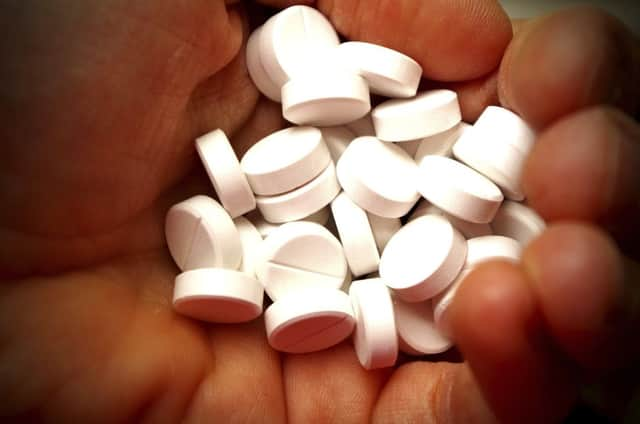Cost can’t be deciding factor on prescriptions


The publication of NHS Scotland’s Prescription Cost Analysis has again generated a flurry of interest and comment from a wide range of sources.
The drug budget is always under scrutiny but this appears to be amplified in times of reduced government spending. The health service is often politicised and as the devolved administrations of the UK diverge on health policy, Scotland’s expenditure is increasingly subject to critical evaluation. We should recognise that spending on medicines is an investment in the wellbeing of Scotland’s population. This generates savings for health and social care services and the economy as a whole.
Advertisement
Hide AdAdvertisement
Hide AdThe community pharmacy network prides itself on delivering value for the NHS. One way this is achieved is via effective purchasing of drugs and increasingly efficient ways of working. The cost of medicines to the NHS now stands at £1.19 billion. This is undoubtedly a significant sum but community pharmacies are already generating efficiencies for the public purse. In a year where the number of medicines dispensed rose 2.4 per cent to £101.1 million, the cost of remunerating contractors for the service only increased by 0.7 per cent (now £208.5m). The community pharmacy government contract for 2013-15 also involved a 2.55 per cent reduction in drugs with prices listed in the Scottish drug tariff.
The numbers only give part of the story.
Many of us in Scotland rely on medicines for our well-being. The most expensive item in term of gross cost to the NHS is an inhaler called Seretide. This product is used by many of those with asthma and chronic obstructive pulmonary disease (COPD). Thousands of people need this medication to allow them to live healthier lives and reduce their risk of being admitted to hospital. This obviously benefits the individual but it also allows them to be economically active while avoiding treatment in hospitals which often cost thousands of pounds.
Media reports also focused on the volume of paracetamol supplied free of charge. The drug is the fourth most popular prescribed product in NHS Scotland. This may appear strange when paracetamol is widely available in small boxes at costs of less than 20p.
Most of us use the drug for limited periods of time when we are unwell or have short-term pain but many rely on it as a regular medication. Paracetamol is an effective drug for the treatment of chronic pain recommended by the World Health Organisation as the first step in treating the condition. For this indication, paracetamol is often used at doses requiring up to eight tablets a day or around 224 a month. Due to legal restrictions on its sale it is not possible to purchase the product in that quantity.
We all know Scotland’s citizens are living longer. Many will have one or more long-term conditions. With this there will likely be an increased need to treat more people with prescription medicines. Every budget should be subject to scrutiny but the focus should be the positive impact the drug spend is having.
My hope is next year, when the statistics are published, we may be able to celebrate the contribution that medicines are making to people in Scotland’s well-being. These treatments are just as important as a new hospital or state of the art diagnostic equipment. Prescription drugs continue to influence the well-being of many Scots. Seeing this as only a cost fails to recognise the positive influence they are having on millions of lives each year. I’m proud to play part Scotland healthcare system where access to drug treatment is based on need and not the ability to pay.
• Harry McQuillan is chief executive of Community Pharmacy Scotland www.communitypharmacyscotland.org.uk